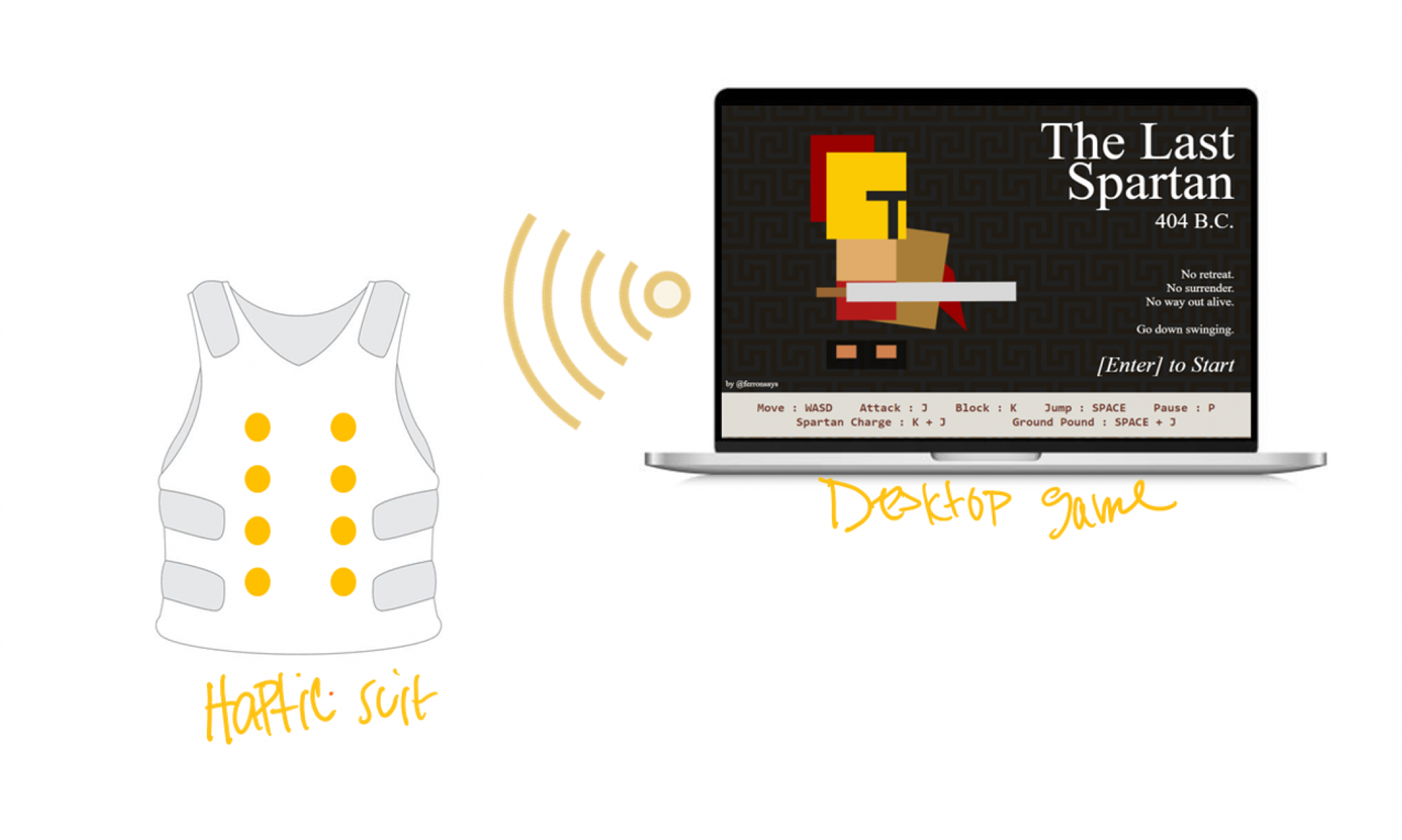Current Project Risks
As of now, the most significant risk we face as a team is managing the amount of connections and wires necessary to mount our motors and lights to the haptic vest. We need to ensure that our wiring will not become disconnected or tangled as a player moves with the suit, takes it on and off, and adjusts the straps on the suit. If a wire becomes disconnected, it may result in a motor/RGB light system or the suit all together failing to turn on, thus adversely impacting the player’s immersive experience. Although we are not at the stage of mounting the motors/lights, we need to keep this in mind in order to save us the trouble in the future. As such, we are designing our circuit schematic to use color-coordinated ribbon wires that correspond with specific systems in order to locate systems with ease. Moreover, we plan to measure the wirelength from each connection to the Arduino in advance, making sure it is long enough to expand and contract with the different sizes.
Changes to the Existing Design
As Amelia stated in her report last week, we have decided to add motor systems instead of individual motors to each part of the torso. We’ve determined this is necessary because, while one motor has a large feedback while someone isn’t playing a game, adding the game component may distract a person, lowering the impact they feel from one motor. To mitigate this, we can increase the amount of force a person can feel.
We have also decided to add a slide bar on our website page so people can customize the power of the motors. With the upgraded motor systems, the motors will achieve much more force. However, we have had questions about how to make our project more accessible to people who may feel sensations differently. We think that adding this customizable power option will allow users to choose what they feel and have a more customized experience.
Schedule Changes
There has been no update to our schedule since last week.
Components We’ve Improved Upon
We submitted our design report which established a lot of the nuances of our design implementations such as: game action precedence, configuration of motors, and motor haptic algorithm sequence.
New Tools to Learn
Since we added motor systems instead of singular motors in each area of the chest, we’ve decided to mount these motors to a PCB. The PCB will take the PWM signal from the servo driver and expand it to drive multiple motors with minimal power and current loss.
Since our team has no prior experience designing a PCB, we will have to allocate time to go over Eagle/Fusion 360 tutorials since these platforms are dedicated to PCB layout design.
